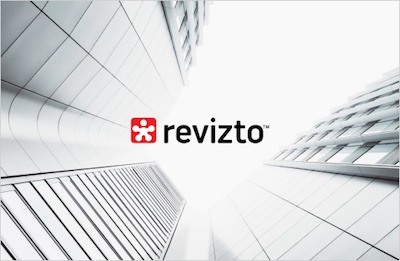Power BI & BIM: how to leverage them in modern construction
Introduction
Many people have regarded the construction industry as one of the world’s most traditional and resistant-to-change industries. It has been around for hundreds of years, and there have always been many issues regarding innovation and the adoption of new technologies. The 21st-century construction industry has many of these issues as well, including various problems that stem from inefficient resource use and the lack of control over construction data.
The average construction project becomes increasingly complex as time passes, and the ability to process vast amounts of data becomes mandatory for success rather than being entirely optional. Most traditional data processing and storage methods cannot keep up with the speed that more modern solutions work with, creating more and more issues for the project down the line.
A completely new approach to data storage and processing is required to address all these issues at once. The combination of Power BI and BIM might solve this problem. However, a proper understanding of both of these technologies is necessary to correctly understand what they can do together.
What is Power BI?
Power BI is one of the many services offered by Microsoft. It combines analytical tools that help with insight generation and data visualization. Power BI automates data reporting and data gathering tasks, improving the overall efficiency of project workflow. It can also help a lot when it comes to communication between departments, sharing data insights and essential project milestones with stakeholders and team members.
Three versions of Power BI are available: Desktop, Service, and Mobile. The Desktop version is a multifunctional standalone software for Windows devices that helps with report generation, data visualization, and other tasks. The Service version shares some capabilities with the Desktop version while also offering several exclusive features such as dataflow creation, gateway connections, etc. On the other hand, the Mobile version is used for viewing dashboards and reports on the go and barely anything else.
What is BIM?
BIM is Building Information Modeling (it can also mean “Building Information Model” or “Building Information Management”), a sophisticated methodology for managing data across a project’s lifecycle from start to finish. BIM models are highly complex entities that expand upon existing 3D CAD models with additional information, including material types, dimensions, calculated parameters, etc.
BIM represents an entirely new approach to workflow management in general, offering its users a multitude of advantages, from better project efficiency and lower total project costs to better communication, easier maintenance, etc. BIM allows for the creation of data-rich models that help with collaboration, interoperability, and more.
Capabilities of Power BI and BIM integration
BIM is a methodology that operates with massive amounts of information, while Power BI is used to analyze and process that information to gain insight. There is a lot of potential in the combination of Power BI and BIM, which has become highly popular in recent years. The tandem of BIM and Power BI offers many advantages and can be used in many instances, including:
VIM as means of real-time visualization in three dimensions
Virtual Information Modeling is an extension of Power BI that allows BIM models to be opened in the Power BI app. The extension’s level of detail makes it much easier to identify potential issues, comprehend the spatial relationships of different project elements, and make decisions based on factual information about the model. VIM can be used for an immersive model viewing experience without the use of a separate BIM solution.
Power BI report automation
A typical BIM model may include a lot of diverse information, and it is not easy to visualize this information in most cases. Power BI can significantly help with this issue by using pre-built templates to generate BIM reports automatically at specific intervals. These templates can also be customized beforehand to offer more visualization, better reporting, and other advantages. This way, all stakeholders have access to the information they need at all times.
Democratization of data access
Integrating Power BI and BIM allows all stakeholders to access project information without segregating it for one reason or another. This ability alone encourages stakeholders to collaborate more, facilitating a healthy work culture.
Data centralization
Data centralization is one of the most significant advantages of BIM models. Integration with Power BI expands this capability even more, allowing data such as project scheduling and cost projections to be available to all project participants in a single location. This way, stakeholders do not need to switch between different software applications to receive all of the project data.
Importance of innovation in the industry
The integration of BIM with other solutions such as Power BI is another step towards a better future for the industry as a whole. Easily accessible BIM data is an excellent catalyst of change for many different processes before, during, and after construction, making it easier to identify and fix errors while offering a variety of other advantages. The industry is slowly becoming more innovation-friendly, and this is as big of a change for the construction industry as it gets.
Integrations like Power BI and BIM are the future of the construction industry, because evolution and modernization are necessary to keep up with the ever-rising demand for quality, speed, and accuracy on every single construction project. In an environment this competitive, relying on data-driven solutions and platforms may be enough for a substantial competitive advantage over many less progressive companies.
Unlock seamless BIM collaboration — request your demo today


